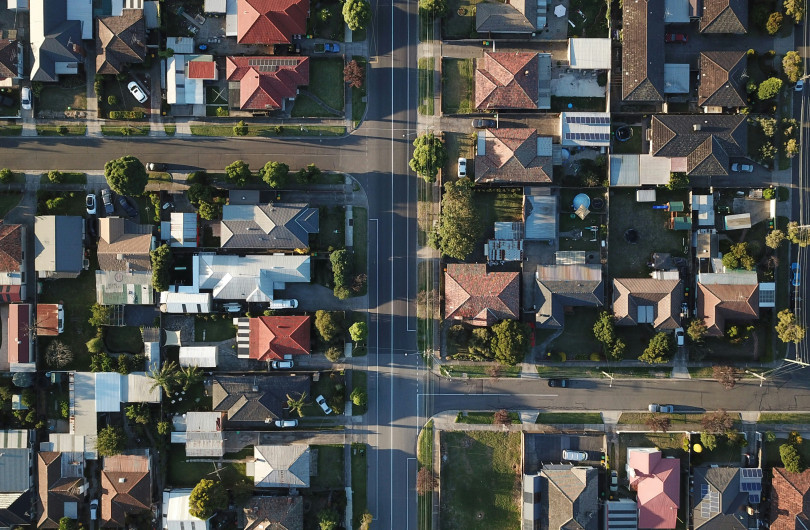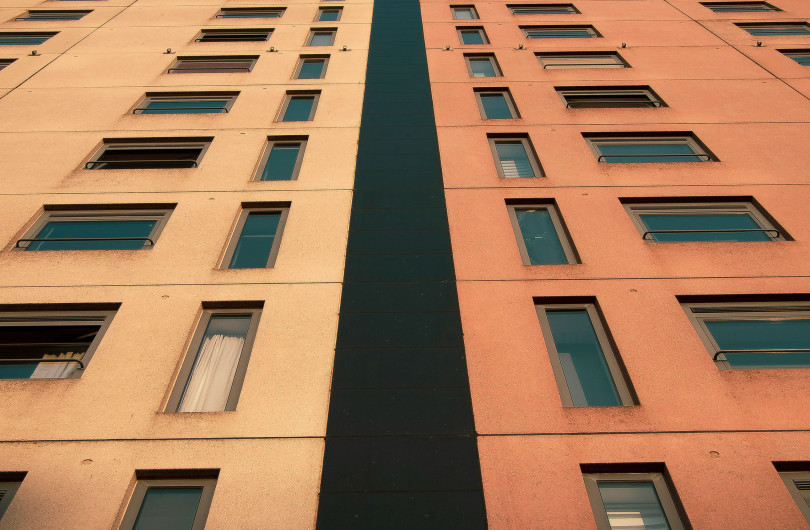Written by Jon Davies
Technical Sales Support and Education Manager, Pro Clima New Zealand
Infiltration is not ventilation
How are our houses being ventilated? The answer is "poorly". There is an accidental reliance on infiltration through the building to provide some background air movement, but this is not fresh outdoor air as required by the building code (G4 Ventilation). Nor is it controllable — when it is windy there is a greater rate of air change per hour, but a few days of calm or in a sheltered environment and the percentage of CO2 in the air could be at 'sleep inducing' levels. Never mind the relative humidity inside the building.
Yet this is how the problems start. We want to be comfortable in our homes, insulated from the weather — including stopping drafts. By doing this we raise the requirement for intervention either by opening windows or by using a mechanical ventilation system.
Who is opening windows to make use of this system? Not many — especially if you are security conscious, or what about the 'Noise Corridor' challenges for 79,000 houses in Auckland alone?
Call it mould
"Moisture is the key contaminant in New Zealand houses, because it supports the bio-contaminants implicated in an unusually high incidence of asthma by international standards". Bassett, M. 2001 CIB World Building Congress Conference paper.
Sometimes the language is confusing and makes airtightness initially appear to be a negative attribute:
“Overall, NZ newer homes are on the border of becoming too airtight, if infiltration is to be relied on to supply fresh air. It would also appear that a ventilation scheme that relies on open windows is too unreliable. Modern lifestyles, security and energy costs are some of the reasons why occupants may not open windows as much as is needed”. Ensuring the New Zealand Building Stock is Moisture Tolerant . G Overton, M Bassett, Steve McNeil.
Infiltration and ventilation
Infiltration is the uncontrolled air movement taking energy in or out of the building. This is both unhealthy and uncomfortable for the occupants, and potentially damaging for the building itself as air carries a great deal of moisture through the fabric of the building. If this moisture is allowed to accumulate, the building is meeting neither E2 or E3 functional requirements but more importantly, it creates an unhealthy indoor environment for the building occupiers as quoted above.
Active ventilation by opening windows and doors on a regular (several times a day) to provide whole-house exchange of air is reliant on wind pressure to drive this.
There is some negativity toward using a mechanical (fan based) ventilation system and I think it is time the perception is changed.
Current systems that are heavily marketed as moisture control systems take air from roof space and push this air into the living environment. These systems do not meet G4 Ventilation requirements for 'Fresh Outdoor Air' (even with filters), neither do they recover heat and the companies have stopped advertising this 'benefit'. Called 'positive pressure' systems they push warm moist air through the fabric of the building without recovering the heat. This is not a positive outcome.
So what to do?
Consider your car. When the weather is cold or hot or wet, the windows are closed and the ventilation system is running to make you comfortable. Old cars didn’t need aircon because they were not airtight. The infiltration through the car while moving gave some uncontrolled cooling. This doesn’t work anymore due to the airtightness of the car. (A secondary issue in Auckland is the very long carpark stretching from Puhoi to Pokeno).
A balanced pressure ventilation system (in the rest of the world they are called Heat Recovery Ventilators) uses two fans to simultaneously extract air from bathroom and kitchen and supply air to living and bedroom. The heat energy from the extracted air is given to the incoming fresh (outdoor) air, hence the term 'heat recovery'. This results in an environment with a controlled ventilation rate of between 0.35 air changes per hour and 0.5 air changes per hour of the whole house volume.
Ventilation is needed to guarantee healthy indoor air quality. World Health Organisation (WHO) recommends 0.3 ACH. It describes the need to replace the entire inner volume with direct outside air every three hours. This ventilation figure is not related to a Blower Door Test result (n50).
These balanced pressure systems work best where the fabric of the building is performing well — by this I mean, it is insulated and airtight.
Airtightness is good. Lack of ventilation is the enemy of every building.
Written by Jon Davies
Technical Sales Support and Education Manager, Pro Clima New Zealand
If you would like more information on airtightness, vapour control layers, and how to factor in durability please visit the pro clima website or get in touch on 0800 proclima (776 254).



























 Most Popular
Most Popular Popular Products
Popular Products

